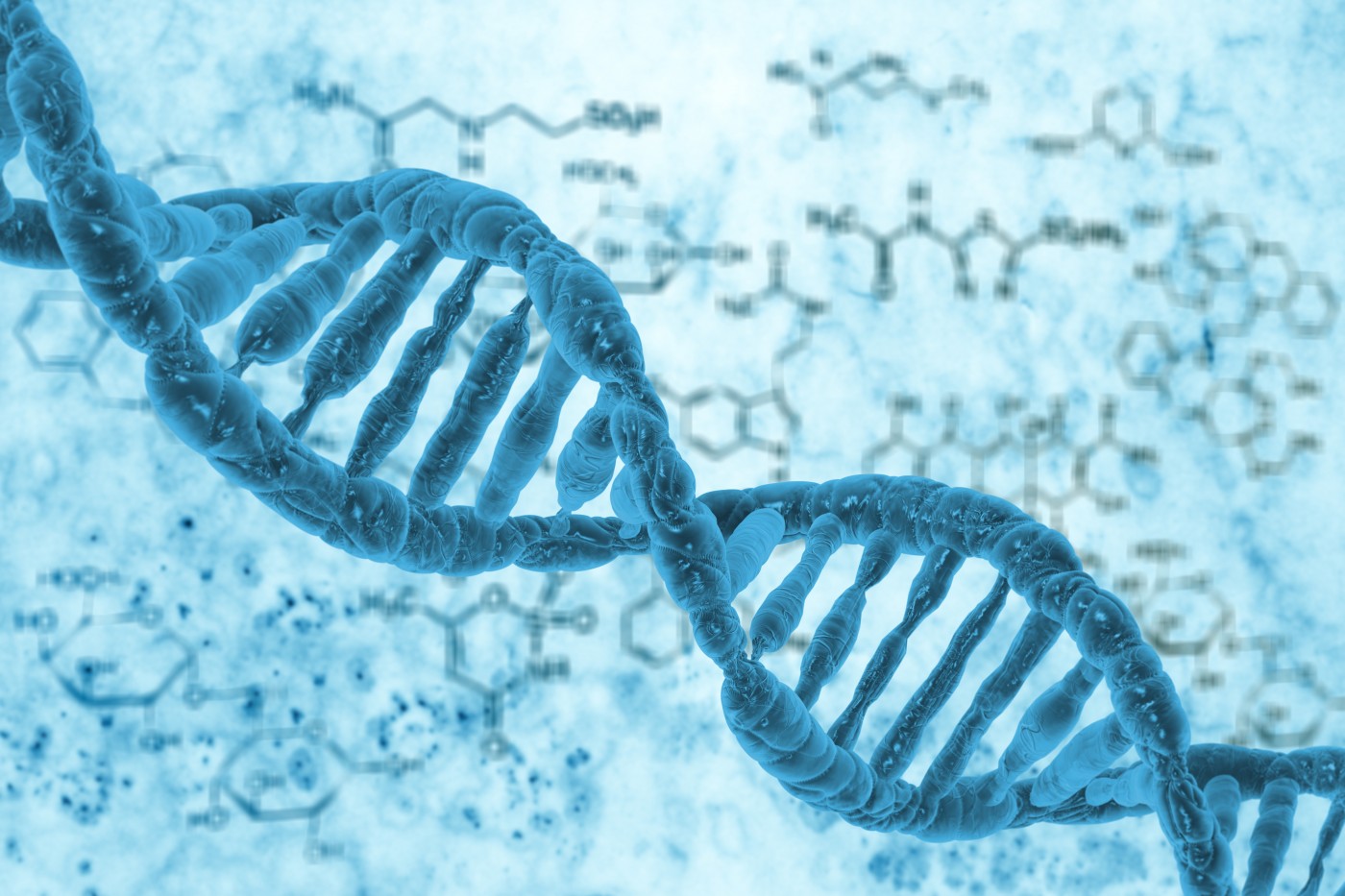 A recent study published in the journal Melanoma Research and led by researchers at the National Cancer Center Hospital in Tokyo, Japan revealed an association between mutations in the BRAF gene and melanoma subtypes in Japanese patients. The study is entitled “BRAF V600 mutations and pathological features in Japanese melanoma patients.”
A recent study published in the journal Melanoma Research and led by researchers at the National Cancer Center Hospital in Tokyo, Japan revealed an association between mutations in the BRAF gene and melanoma subtypes in Japanese patients. The study is entitled “BRAF V600 mutations and pathological features in Japanese melanoma patients.”
BRAF is a gene that can contribute to cancer development, otherwise known as a proto-oncogene. Mutations in the BRAF gene have been associated with some human cancers, namely with malignant melanoma, the most dangerous form of skin cancer. It is estimated that approximately half of diagnosed individuals carry a mutation in the BRAF gene, which can provide melanoma with a resistance mechanism against several drug therapies commonly based on BRAF inhibitors. Over 90% of all BRAF mutations associated with melanoma are found in the V600 position of the gene, where a glutamic acid is replaced by valine, resulting in the constitutive activation of BRAF and uncontrollable cell growth. Ultraviolet radiation is a known risk factor for the induction of BRAF V600 mutations.
The frequency of BRAF mutations and the primary sites of melanoma development may be different according to race. Melanoma is relatively rare in Japan, where it has an incidence of 1,500-2,000 cases/year compared to a worldwide incidence of 132,000/year. The frequency of BRAF V600 mutations in this population is unknown.
The aim of this study was to determine the frequency of BRAF V600 mutations in a cohort of Japanese individuals with melanoma, and to establish a possible relationship between these mutations and clinical/pathological features. DNA was extracted from conserved melanoma samples of all patients and analyzed for the BRAF V600 mutation.
Researchers found that 41.8% of all Japanese melanoma samples were positive for BRAF V600 mutations. The mutation rate was found to be higher than 60% in individuals younger than 60 years of age but did not differ between sexes. Regarding melanoma subtypes, as established by the World Health Organization, superficial spreading melanomas, lentigo maligna melanomas, nodular melanomas and acral lentiginous melanomas (ALMs) were found to have a BRAF V600 mutation rate of 64.7%, 50%, 20% and 18.8%, respectively. Interestingly, among ALMs, BRAF V600 mutation rate was found to be higher in late-stage melanomas (36.4%, stage III/IV) than in early-stage melanomas (9.5%, stage I/II).
The research team concluded that BRAF V600 mutations are associated with melanoma subtypes and pathological features, and that in the case of patients with ALMs, BRAF V600 mutations could be used as an indicator of late-stage melanoma.


